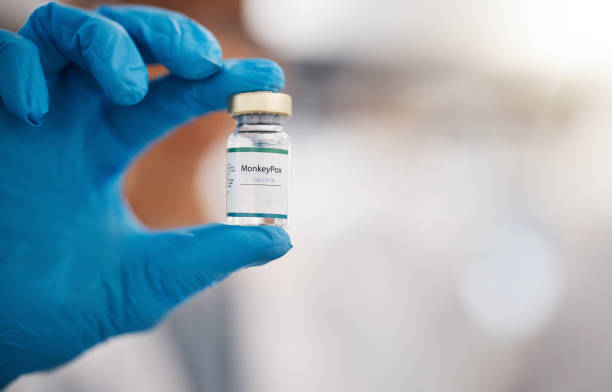What Are the Symptoms of Monkeypox?
Monkeypox is a rare viral disease that has gained global attention in recent years due to several outbreaks. It’s important to recognize the symptoms of monkeypox early so you can seek medical care and prevent further spread. This article explains the causes, symptoms, and steps you should take if you suspect you have been infected.
What is Monkeypox?
Monkeypox is a viral infection caused by the monkeypox virus, which belongs to the same family of viruses as smallpox. However, monkeypox is milder and less deadly compared to smallpox. The disease was first discovered in monkeys in 1958, and human cases were first identified in 1970 in the Democratic Republic of the Congo.
Monkeypox has two distinct types or clades: the Central African (Congo Basin) clade, which tends to be more severe, and the West African clade, which is less severe but has been responsible for outbreaks in different parts of the world.
Causes of Monkeypox : Symptoms of Monkeypox
The monkeypox virus can be transmitted to humans from animals or from person to person. The virus is usually spread through:
- Direct contact with an infected animal: This can include animals like rodents, squirrels, and monkeys, which are natural carriers of the virus. You can contract the virus through bites, scratches, or by handling infected animals.
- Person-to-person transmission: Monkeypox can spread through close contact with the body fluids, respiratory droplets, or skin lesions of an infected person.
- Contaminated materials: Items such as bedding, clothing, or surfaces that have come into contact with body fluids or lesions of an infected person can also spread the virus.
Symptoms of Monkeypox
The symptoms of monkeypox can appear between 5 to 21 days after exposure, with the average incubation period being around 7 to 14 days. The disease typically begins with flu-like symptoms, followed by the appearance of a rash. Below is a detailed list of symptoms.
1. Fever
One of the first signs of monkeypox is a high fever. This fever may be accompanied by chills and a general feeling of discomfort or uneasiness (malaise).
2. Headache
Headaches are common during the initial stages of the infection and can be quite severe in some cases.
3. Muscle Aches (Myalgia)
Body aches, including muscle and joint pain, are often reported by those infected with the virus.
4. Fatigue
You may feel extreme tiredness or fatigue that limits your normal daily activities.
5. Swollen Lymph Nodes (Lymphadenopathy)
A key symptom that distinguishes monkeypox from similar viral infections like chickenpox or smallpox is the swelling of lymph nodes. These swollen glands are often felt in the neck, under the arms, or in the groin.
6. Rash
Within 1 to 3 days of the onset of fever, a distinctive rash begins to develop. The rash typically starts on the face and spreads to other parts of the body, including the palms, soles, arms, legs, and genital area. The rash goes through several stages:
- Macules: Flat, red spots appear on the skin.
- Papules: These spots then develop into raised bumps.
- Vesicles: Fluid-filled blisters form on the skin.
- Pustules: These blisters become pus-filled before crusting over and eventually scabbing off.
7. Backache
Many patients report severe lower back pain or a feeling of stiffness in their back muscles.
8. Chills and Sweating
Along with fever, you may experience chills and excessive sweating as your body tries to fight off the virus.
9. Respiratory Symptoms
In some cases, respiratory symptoms such as a sore throat, nasal congestion, or a cough may develop.
What Should You Do if You Suspect Monkeypox?
If you or someone you know is experiencing these symptoms, especially if there has been potential exposure to monkeypox, it is important to seek medical advice immediately. You can consult with a doctor through the Virtual Doctors App or download the Virtual Doctors Healthplus App to book an appointment.
Preventive Measures
Here are some steps you can take to protect yourself from contracting monkeypox:
- Avoid contact with animals that could harbor the virus: This includes wild animals and even domestic pets if you suspect they’ve been in contact with the virus.
- Practice good hygiene: Regularly wash your hands with soap and water, especially after contact with potentially infected animals or humans.
- Isolate infected individuals: If someone in your home or community has monkeypox, ensure they are isolated to prevent the spread.
- Use personal protective equipment (PPE): When caring for infected individuals or cleaning contaminated items, it’s important to wear gloves, masks, and other protective gear.
Monkeypox is a serious but manageable viral infection. The key to stopping its spread is early recognition and seeking prompt medical care. By understanding the symptoms and causes of monkeypox, you can protect yourself and those around you.


